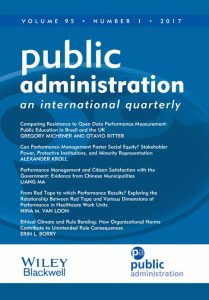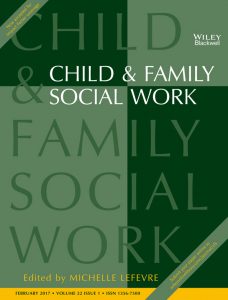Building Answers into Physical Spaces
While venturing around today’s modern city-scape, it appears new design principles have been employed. Perhaps the construction of the contemporary urban environment has been increasingly swayed by social, economic, political, and environmental factors. Scholars, also recognizing the changing face of urban environments, have noted the rise of “New Urbanism” (Bohl, 2000). Consider the following: New Urbanism has been described as the most influential movement in architecture and planning in the United States since the Modernist Movement – Bohl New Urbanism...






